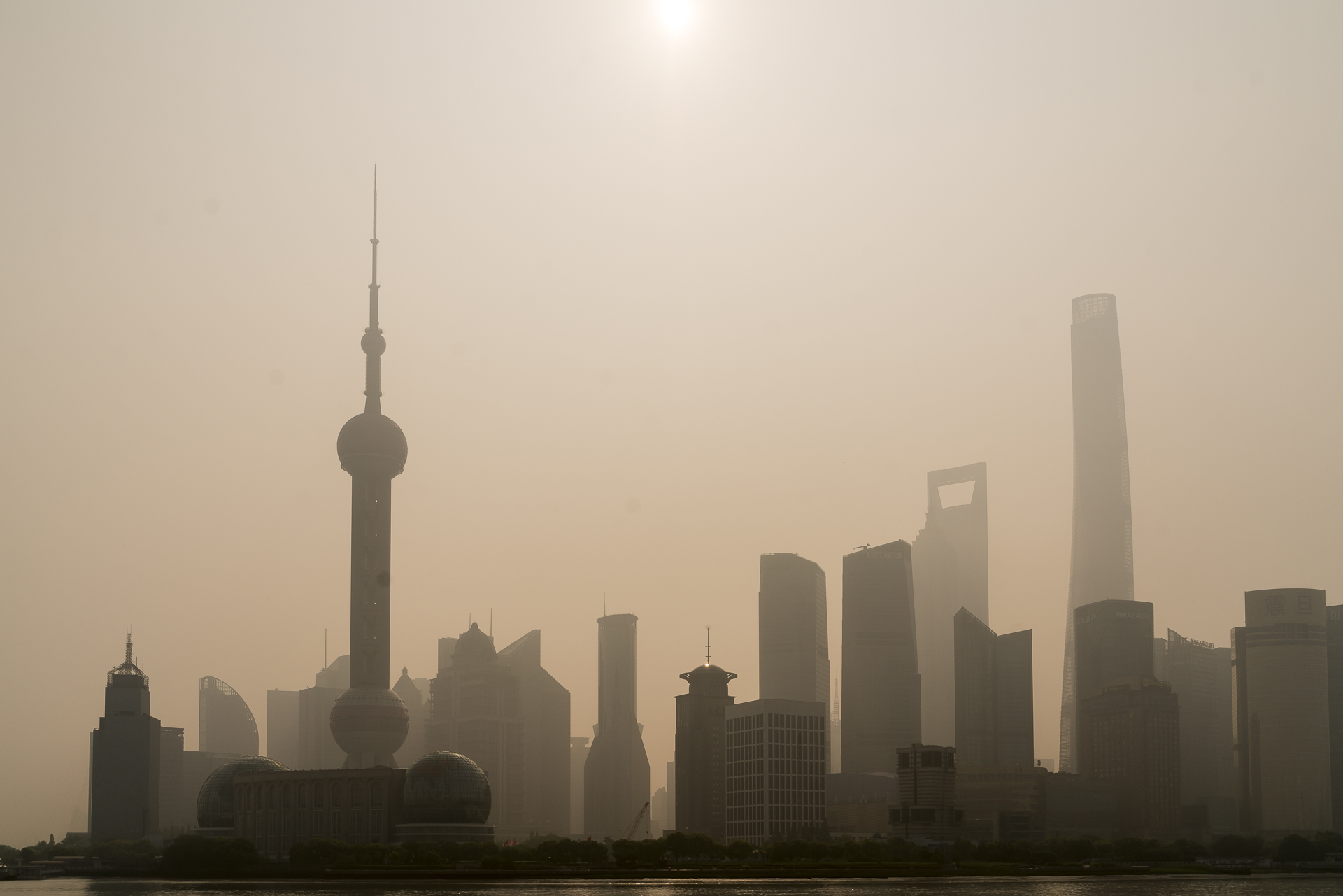
Dos and Don’ts: 7 sightseeing tips for Shanghai
“Crazy Shanghai,” I think just a few minutes after we have left Pudong Airport behind us. We have two days to explore the huge metropolis and I don’t even know where to start. Utterly overwhelmed! Shanghai is one of China’s largest and most modern cities. Through the taxi window, we first look at a lot of gray smog and loveless suburban skyscrapers. Beautiful is definitely different. In the following two days, however, we fortunately got to know more than the traffic chaos of Shanghai. In this post, I’ll show you which spots I liked and which sights I find simply overrated.
First of all, for all those interested, a short explanation of our Shanghai detour: If you have read my South Korea travel report, you may remember the visa history. My original itinerary was that after a month in Japan, we would fly to Beijing and from there follow the Silk Road to Central Asia. The hurdle was that entry into China for a normal tourist visa must take place up to a maximum of three months after the visa issuance date. Since our trip started in December, but China was not on the agenda until May, we had to avoid this deadline. For organizational reasons, we wanted to apply for the visa before departure. Doing this from abroad is no less complicated. The solution was “double entry visa”. In the case of proof of double entry into China, a “double entry visa” can be applied for, which allows entry up to six months after the date of issue. And so we supplemented our itinerary with a three-day trip to Shanghai.
I found Shanghai to be the ideal way to get started in China. Apart from the fact that Google & Co are blocked and surveillance cameras follow you every step of the way, Shanghai is a western city. Accordingly, the communication in English worked well here.
Thu: Take a morning walk along the Bund
Shanghai’s famous waterfront promenade “The Bund” is one of the top sights. And so we head for the Bund on the first morning shortly after 8 o’clock in the morning. We start our walk at Bund 18, marvel at the skyline wrapped in a layer of smog and stroll all the way to Gucheng Park. There are only a few people on the road and the atmosphere is relaxed. A small group of women dances to upbeat music and occasionally joggers overtake us. If you want to explore this part of Shanghai at your leisure, I recommend stopping by in the morning as well. A good 12 hours later, we experienced the Bund completely differently, as you can read below.
Don’t: Thinking that the Yu Gardens are empty in the morning
Another tourist attraction of Shanghai is the Yu Gardens, built during the Ming Dinastie, not far from The Bund. I had timed our walk from The Bund so that we would reach Yu Gardens in time for opening time at 9:00 a.m., and thought that was a great idea. False alarm! I assumed that the entire complex, consisting of historic buildings and a garden, would only be accessible after 9 o’clock. This is not the case. The area around the garden is accessible all day and if you want to take photos, you should stop by here before nine o’clock in the morning. I already have to push my way through the crowds with a slight use of my elbows to get to the ticket office for the garden.
Numerous groups have gathered in front of the entrance gate to the garden and a long queue has formed in front of the ticket booth. Contrary to the information I found online, the ticket office and garden do not open their doors until 9:15 am. I lose the desire for the garden at the sight of all the people who also want to go in. I overcome myself, pay 80 yuan for two admissions and then triple after the groups. Thanks to the winding gardens, the flow of visitors is surprisingly well distributed. And yes, the garden has some very nice corners, but don’t think you have them to yourself.
Do: Visit museums
After the experience at Yu Gardens, we discarded the idea of visiting one of the nearby historic water towns such as Qibao or Zhujiajiao. According to the information on China Highlights, they are about as congested with tourists as the area around the Yu Gardens. Instead, we turned our attention to the museums. On the one hand, Shanghai offers a really interesting selection of museums for every interest and on the other hand, the museums we visited were pleasantly “empty”.
Among the most popular museums is the Shanghai Urban Planning Exhibition Center in People’s Square. The museum provides a comprehensive insight into Shanghai’s urban development and highlights the spatial planning challenges. The entrance fee is 30 yuan and the exhibition is closed on Monday. A stone’s throw from the Urban Planning Exhibition Center is the Museum of Contemporary Art, which is also worth a visit.
For those interested in art, I also recommend a detour to the West Bund. It is home to the West Bund Artistic Center and the Yuz Museum. With over 9,000m2 of gallery space, Yuz offers exciting contemporary temporary exhibitions. I was particularly impressed by Random International’s exhibition with the Rain Room (running until October 14, 2018).
Do: Die French Concession erkunden
For me, one of the most charming corners of Downtown Shanghai is the French Concession. After the First Opium War in the first half of the 19th century, China was forced to cede neighborhoods as concessions to the victorious powers. The name of the French concession has remained the same to this day. As well as a touch of French flair and, above all, numerous magnificent tree-lined avenues, which I would not have expected in such a metropolis. I felt very comfortable in this part of town. Our “city oasis” – the Urbn Boutique Shanghai (partner link) – also contributed to this. The hotel’s location is perfect for exploring the French Concession on foot or taking the metro to People’s Square. A highlight within walking distance of our hotel is the Propaganda Poster Art Centre, which is inconspicuously located in the basement of a residential building. An interesting insight into China under Mao Zedong.
Don’t: Thinking Tianzifang is authentic
In the French Concession, a lot of historical buildings have been preserved by Chinese standards. During my research, I read in many places that the Tianzifang district with its narrow streets and nice shops is one of the most authentic. Of course, we wanted to get an impression of it. Unfortunately, our experience here was similar to Yu Gardens: too many people and junk shops. The winding alleys would actually be very nice – with fewer shops. But for me, there were simply too many onlookers here.
I find it exciting that I liked the area around Xintiandi better, contrary to the online descriptions. Here, in the middle of the big city, quiet residential streets could hold on. For a coffee break, it’s worth stopping at Essence Coffee on the ground floor of a shopping center in Huangpu Square.
The Moganshan Road Art District (M50) in the north of the city’s historic centre is also casual. Here you will find several art galleries that can be visited free of charge.
Do: Going out for a fine meal
When in Shanghai… eat dumplings! A good selection of dumplings is offered by the Taiwanese restaurant chain Din Tai Fung. Close to People’s Square, Jia Jia Tang Bao attracts numerous dumpling fans with good reviews. The queue in front of the small restaurant was a good 50m long and didn’t feel like it was moving forward. Directly opposite is Yang’s Fry Dumpling, where you can also find very delicious fried dumplings.
In addition to good street food, Shanghai offers an equally wide range of veritable fine dining options. If you want to focus on Chinese cuisine, Hakkasan is the right place for you. We reserved a table here online and ordered a selection of Cantonese specialties à la carte. Conclusion: nice service, good food and an okay price-performance ratio (we paid 170 CHF for dinner).
Don’t: Schedule Blue Hour Photos at the Waistband
I don’t know about you, but when I visit a city, I usually have one or two fixed photo motifs in my head. In Shanghai, this included a Blue Hour picture from the Bund towards the illuminated Pudong skyline. However, as we march from the Nanjing East Road Metro station with a tripod towards the Bund at dusk, we quickly realize that we are not the only ones with this idea. Almost unbelievable masses flock towards the Bund. The roads are closed to traffic and police officers loudly show us the way. Crossing the road quickly somewhere: no chance! There is a strict one-way system on the sidewalks, and the closer we get to the Bund, the more unreal the situation seems to me. “Is there any special occasion today,” I try to explain to myself the crowds. In Zurich, the only time there are so many people around the lake basin at the same time is during the New Year’s fireworks. Later I learn that this spectacle (by which I mean the crowds) actually takes place every day; Almost more fascinating than the illuminated skyline (and you can forget about setting up a tripod anyway). On the other hand, things are much more relaxed on the roof terrace of the Bar Rouge. Here we sip a cocktail and watch the spectacle again in peace and quiet from a bird’s eye view.
Practical travel tips for Shanghai
- We took a taxi from Shanghai Pudong Airport to the city center. We paid 240 yuan (about 35 CHF) for the one-hour drive. Taxis usually have a meter.
- It is much cheaper to take the metro to the city centre. To do this, you have to change trains at Guanglan Road station (Line 2 East Extension Line). By metro, the journey takes a good 1.5 hours.
- For metro journeys, it is best to buy individual tickets. To do this, simply select the starting point and destination (regardless of whether the line changes or not) at the machine. A one-way ticket costs between 3 and 9 yuan, depending on the distance.
- At the entrances to the metros, metal detectors are used everywhere. Simply place the bag on the conveyor belt and walk through it.
- For three nights we paid 600 CHF for a double room without breakfast at the Urbn Boutique Hotel (partner link). I found the hotel to be very casual.
The most important questions about your trip to Shanghai:
Shanghai is one of the most important cities in the People’s Republic of China and is located where the Yangtze River flows into the East China Sea.
Around 15 million people live in downtown Shanghai. A further 9 to 10 million people live in the neighbouring districts. Shanghai has a total population of over 24 million, making it one of the world’s largest metropolises.
The official language of Shanghai is Mandarin (Mandarin). Around half of the local population also communicates with each other in the Shanghai dialect – the dialect is part of a language family that is widespread in southeastern China. With a combination of Madarin and English, however, you should be able to find your way around Shanghai.


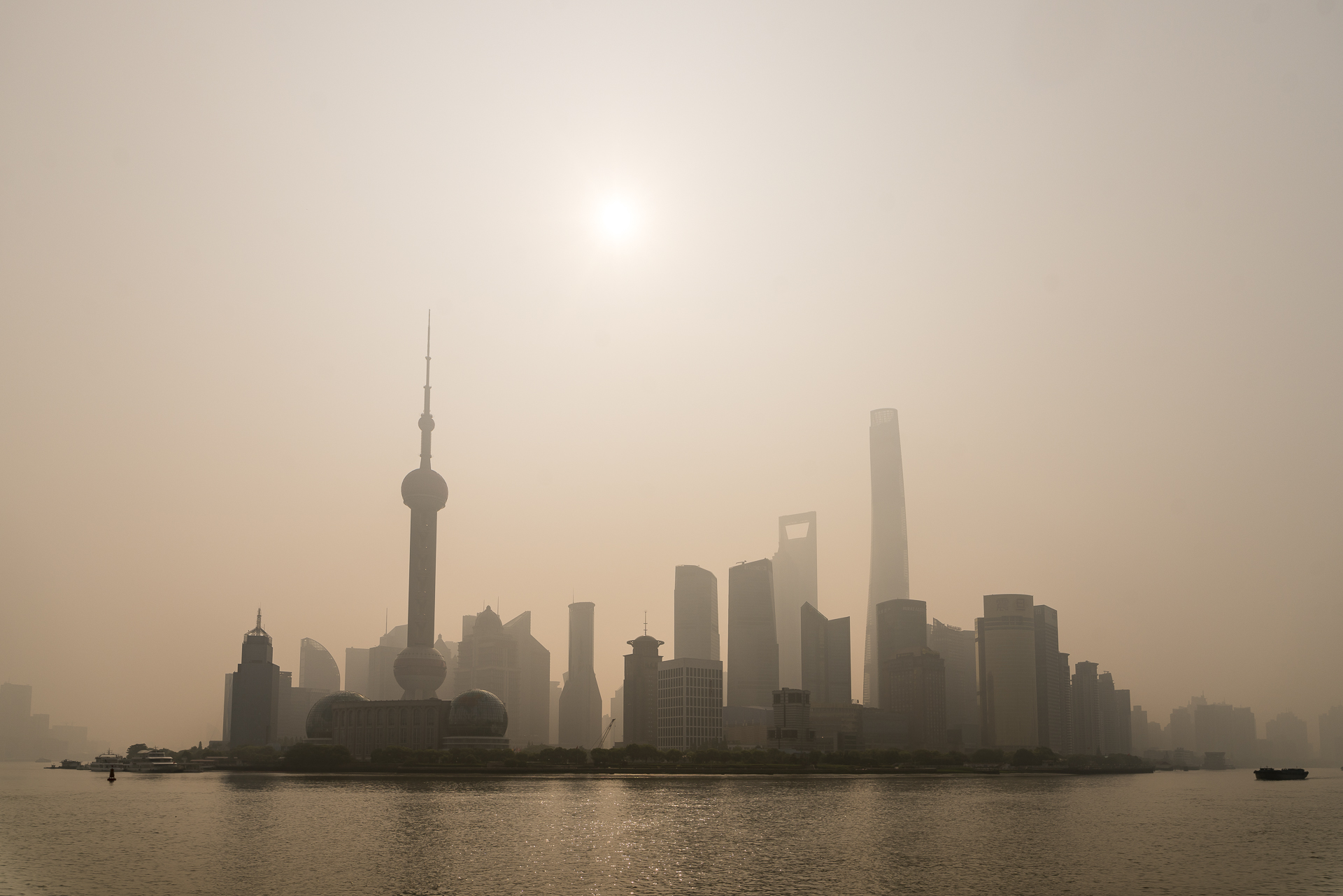
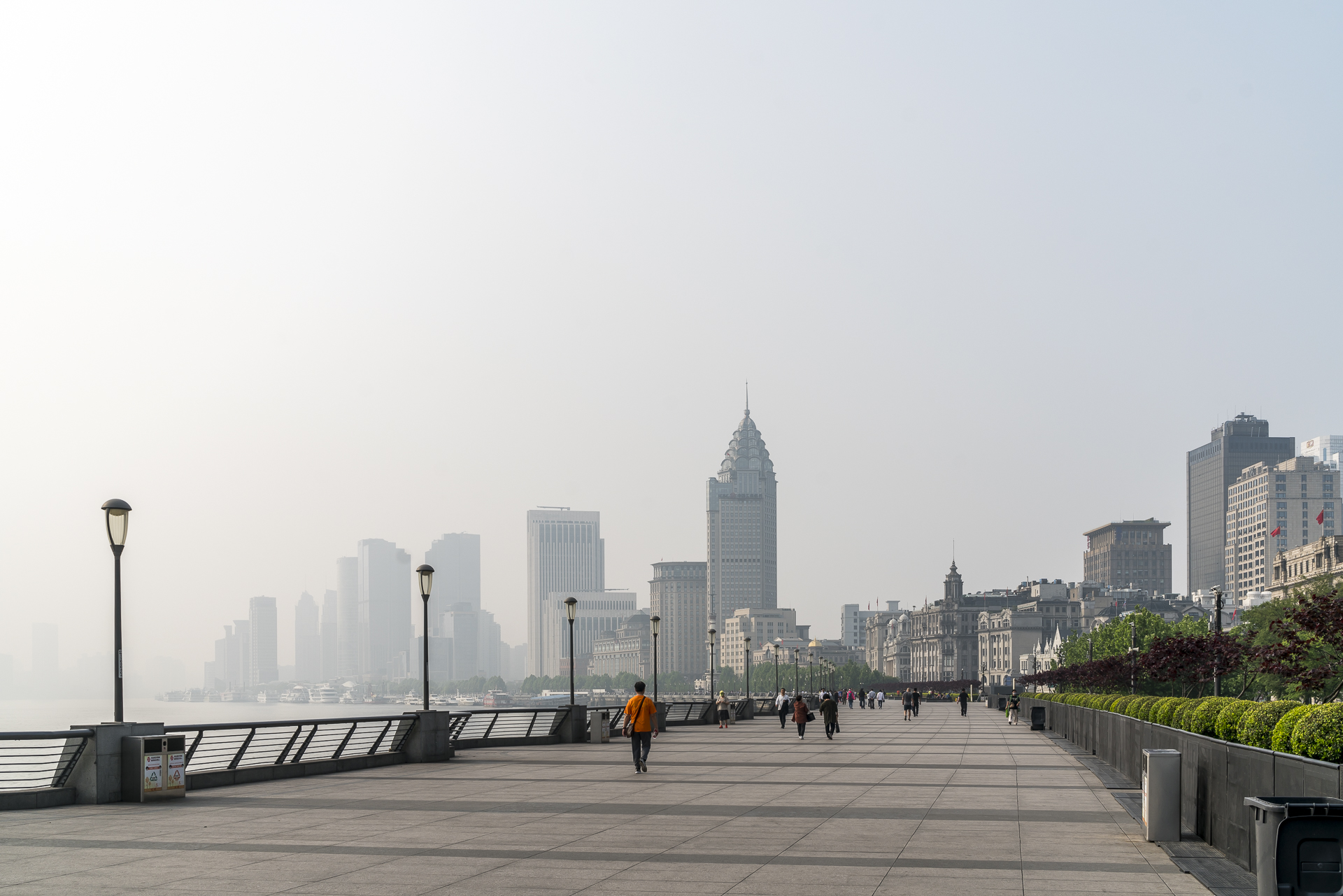
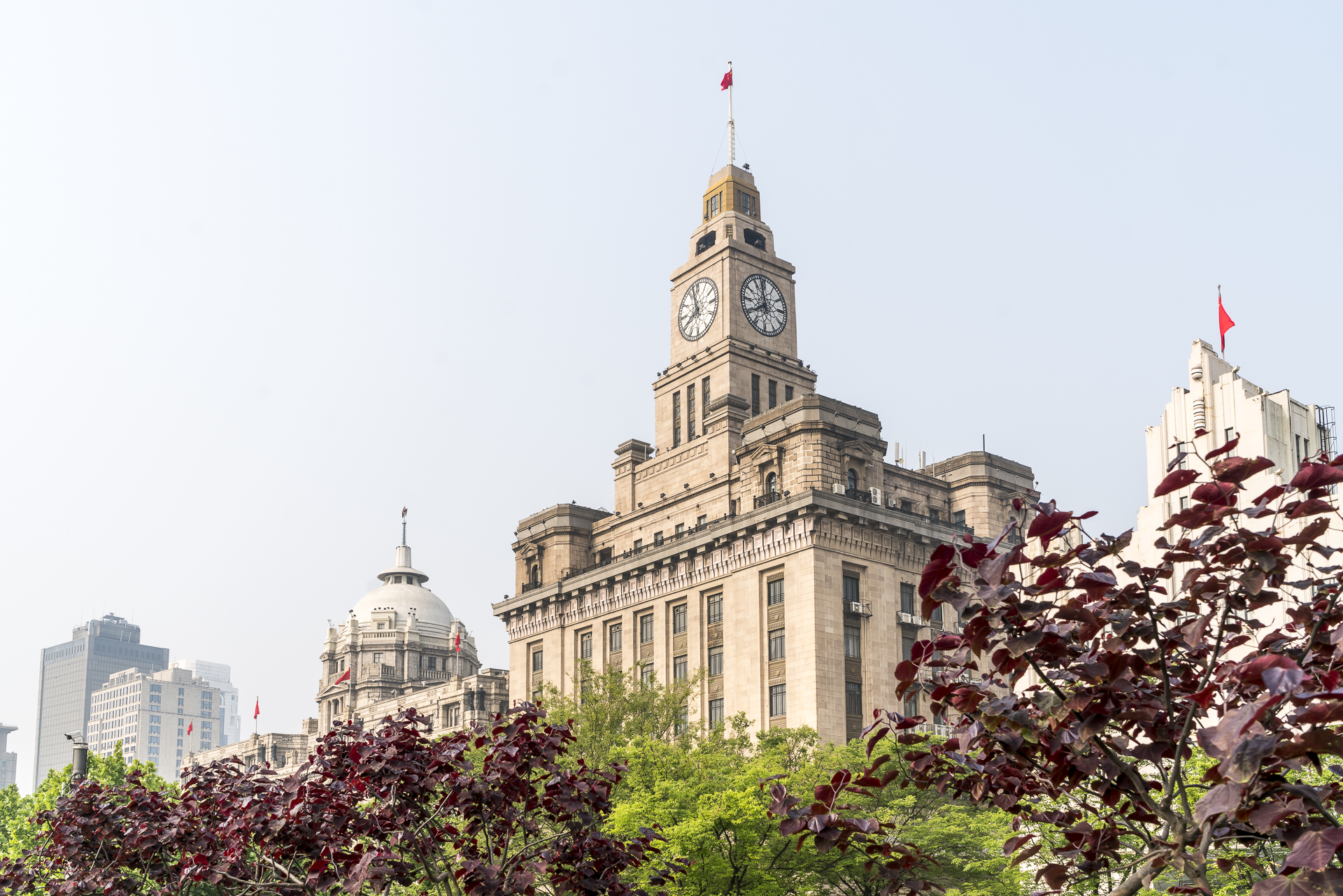
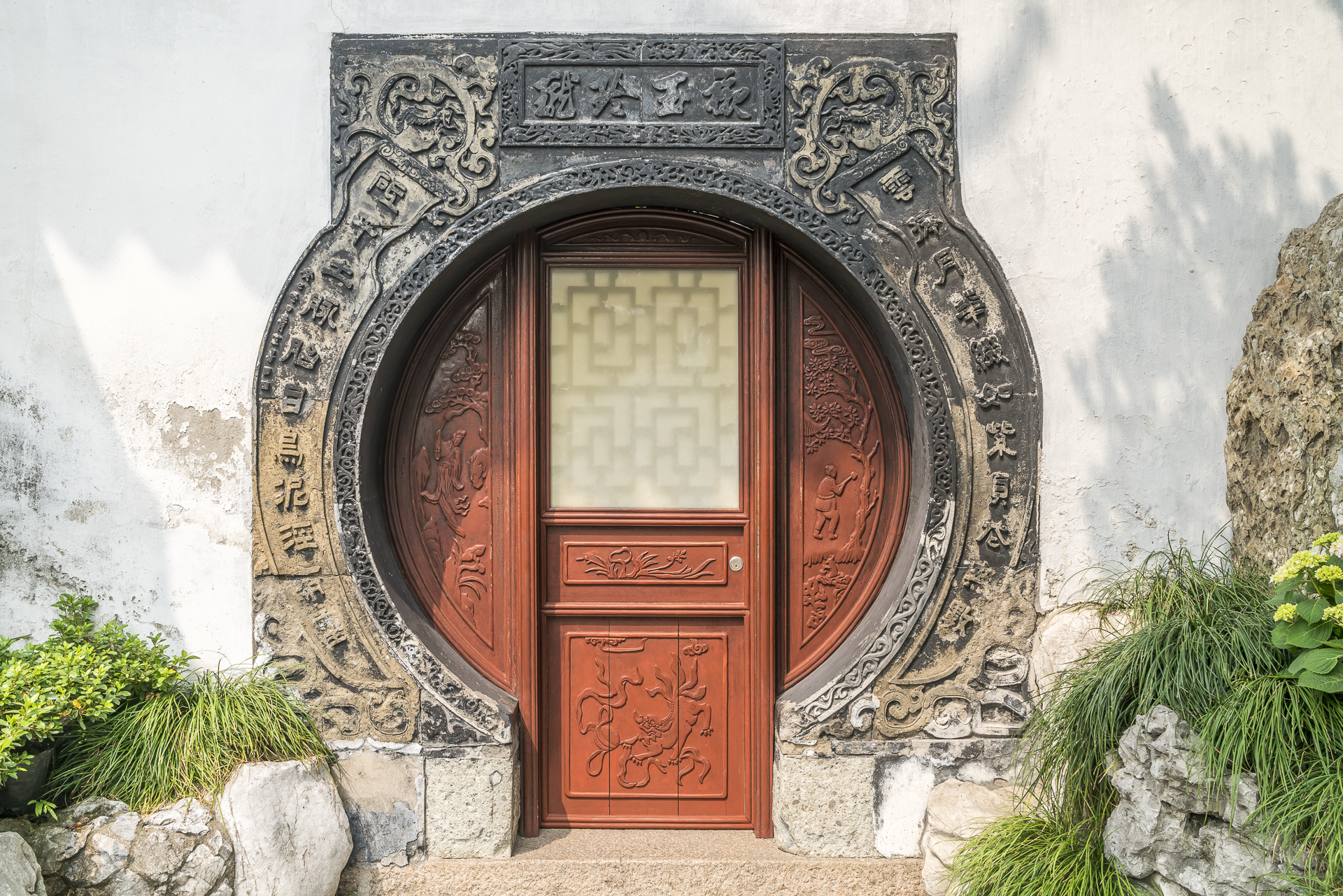
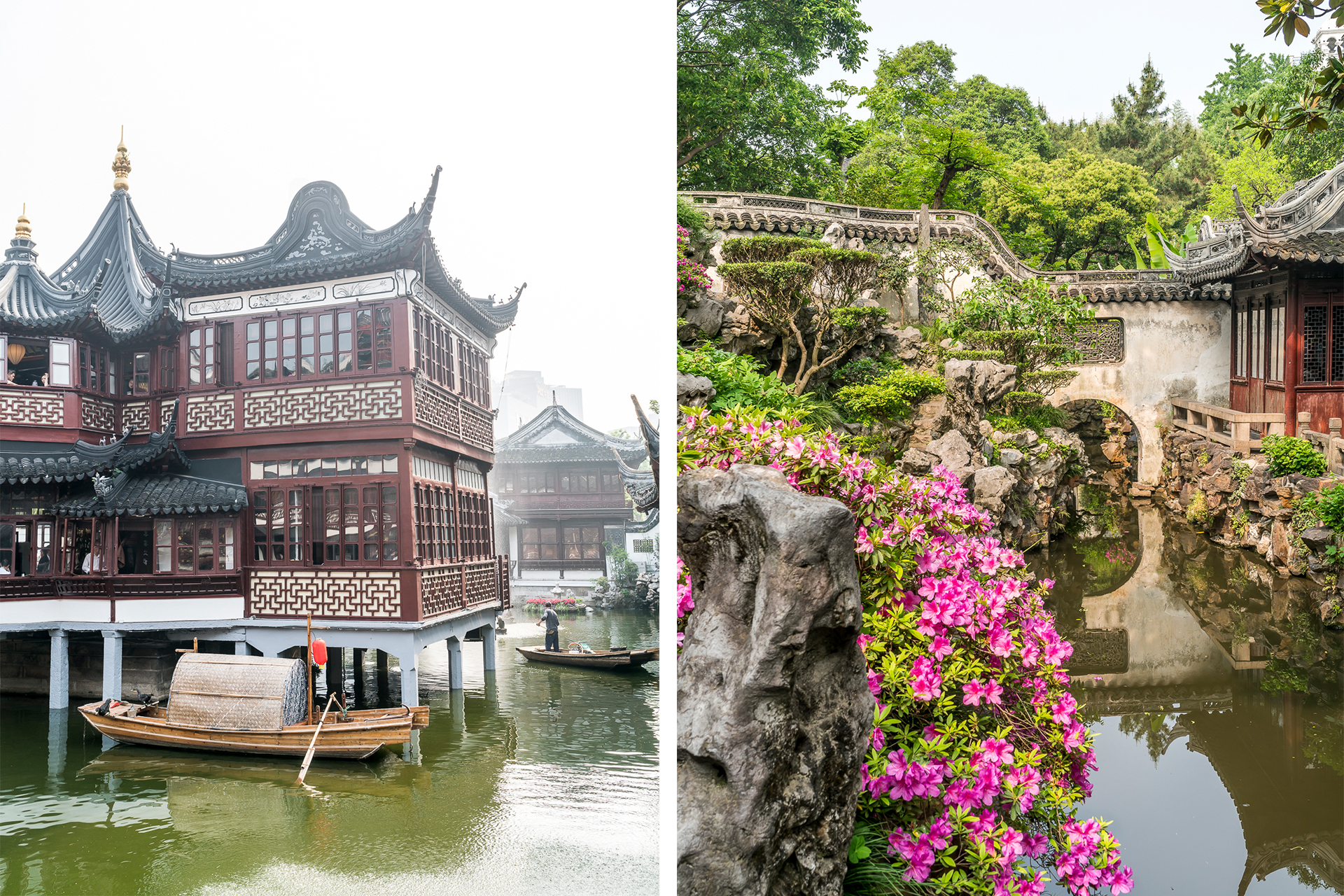
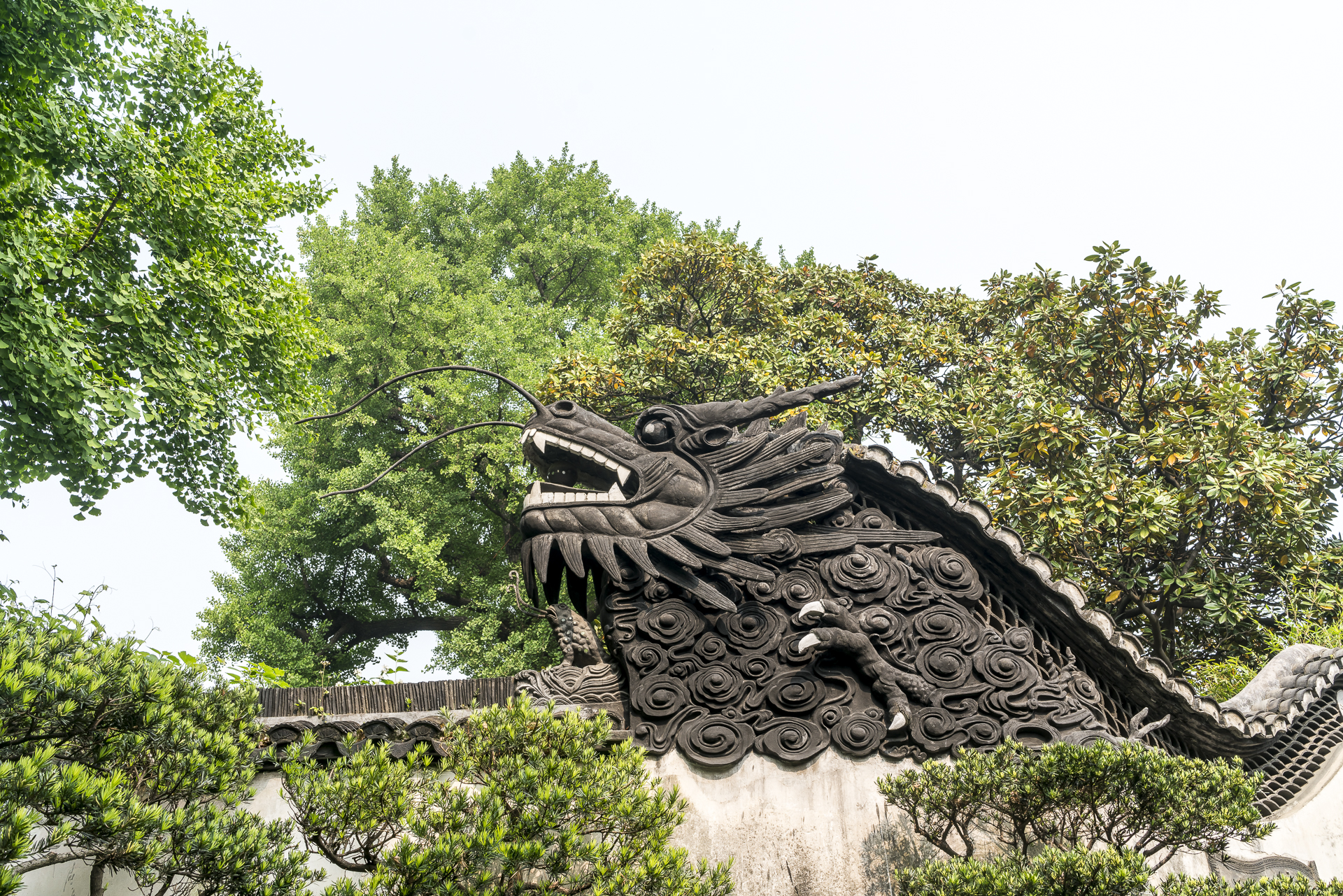
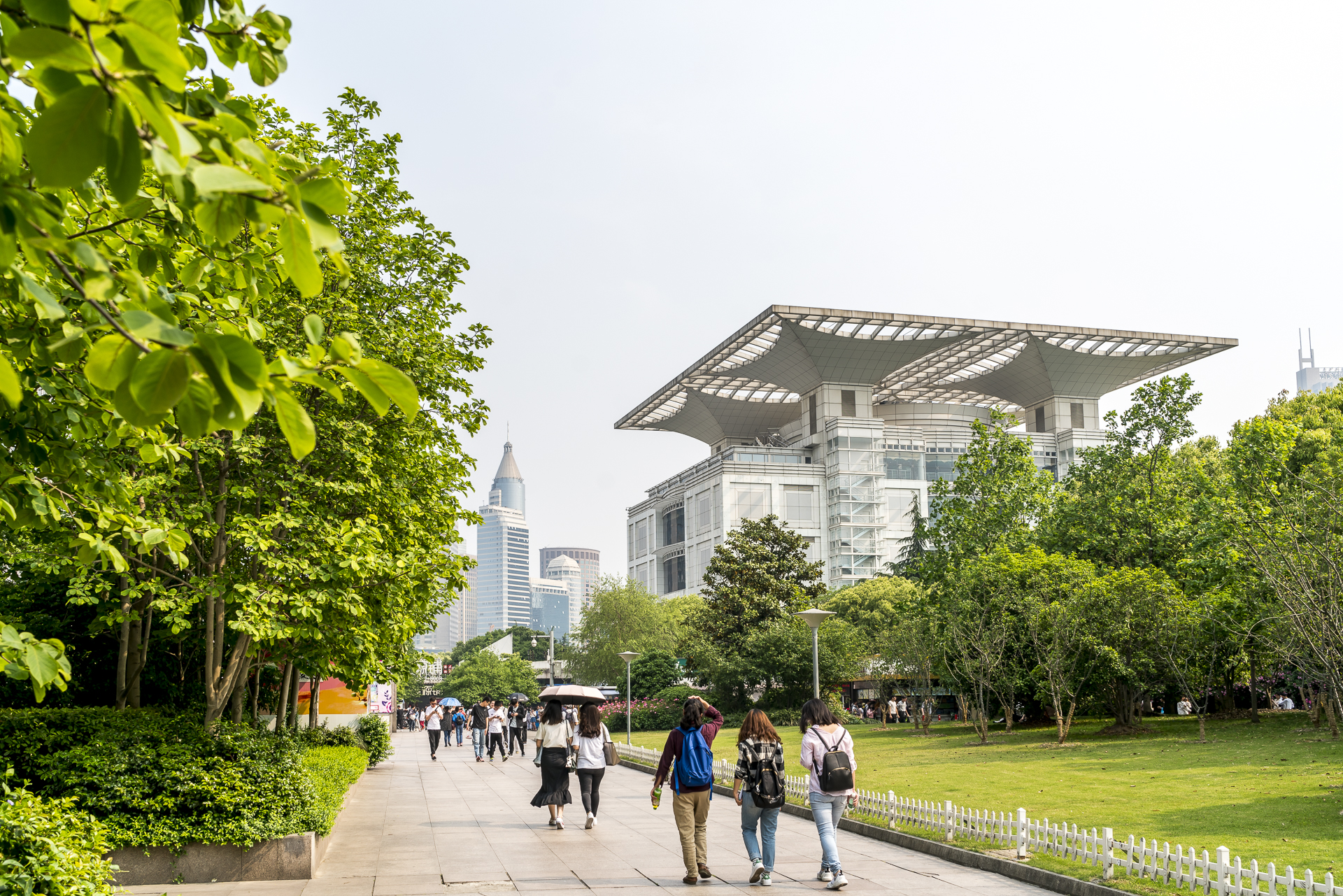
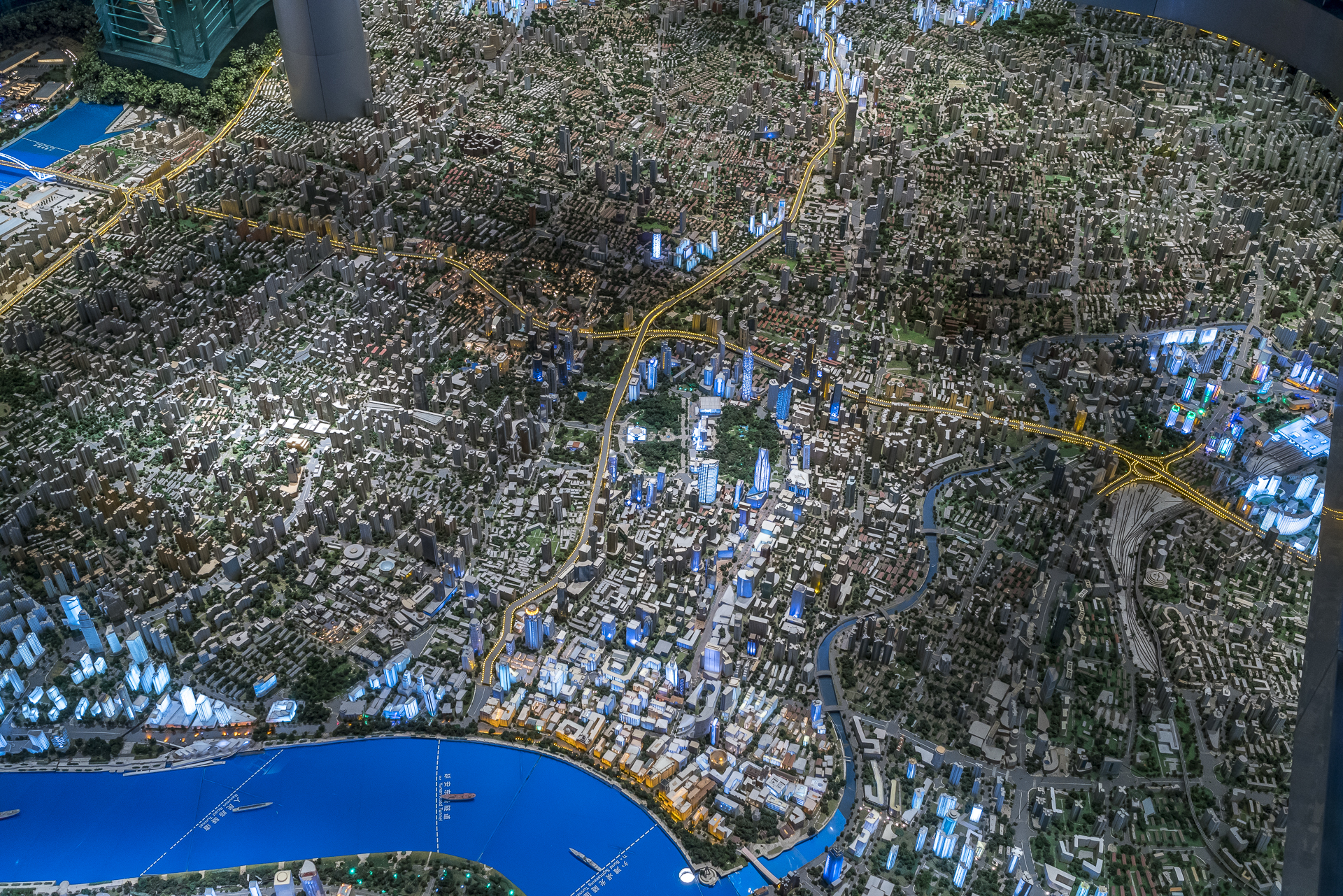
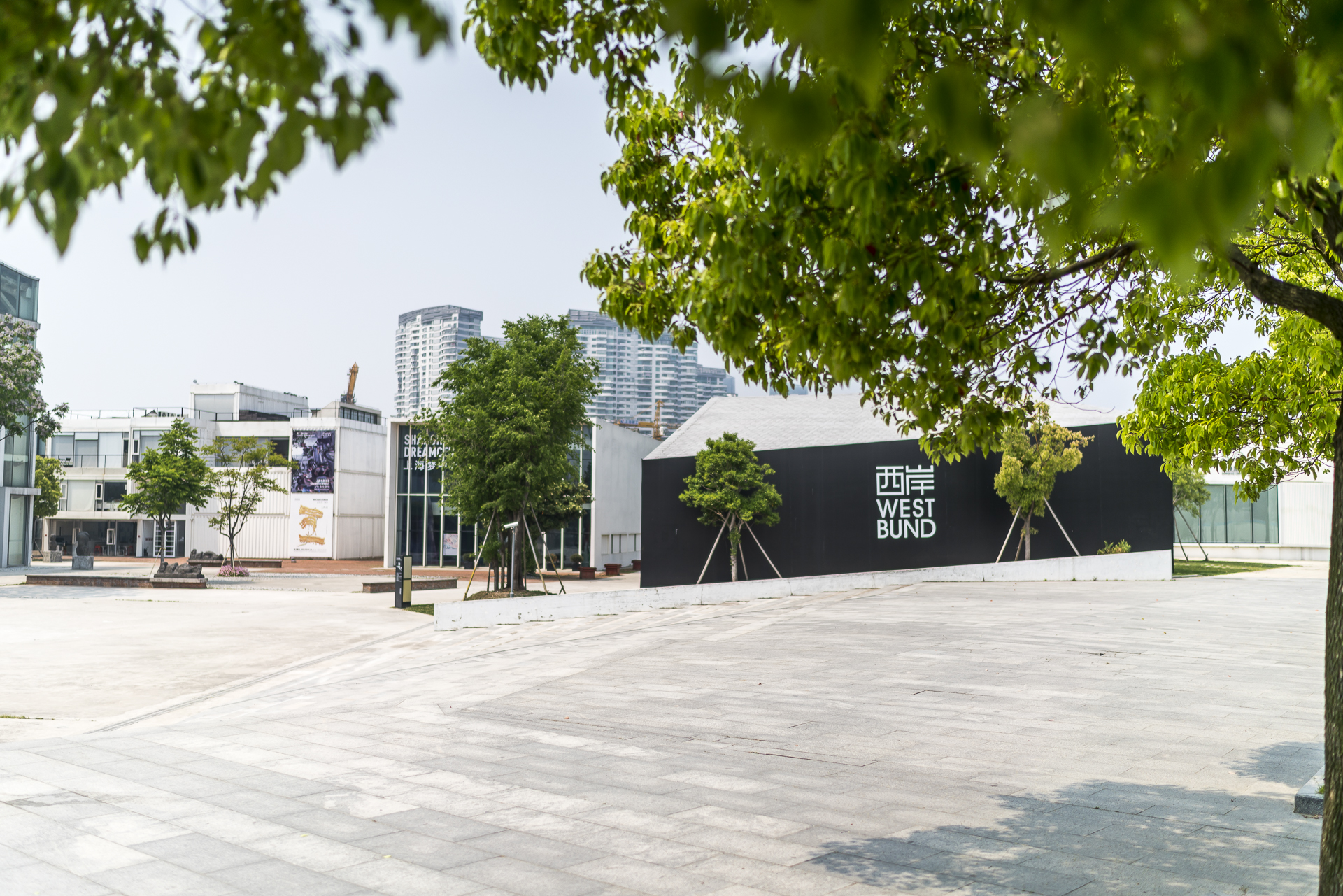
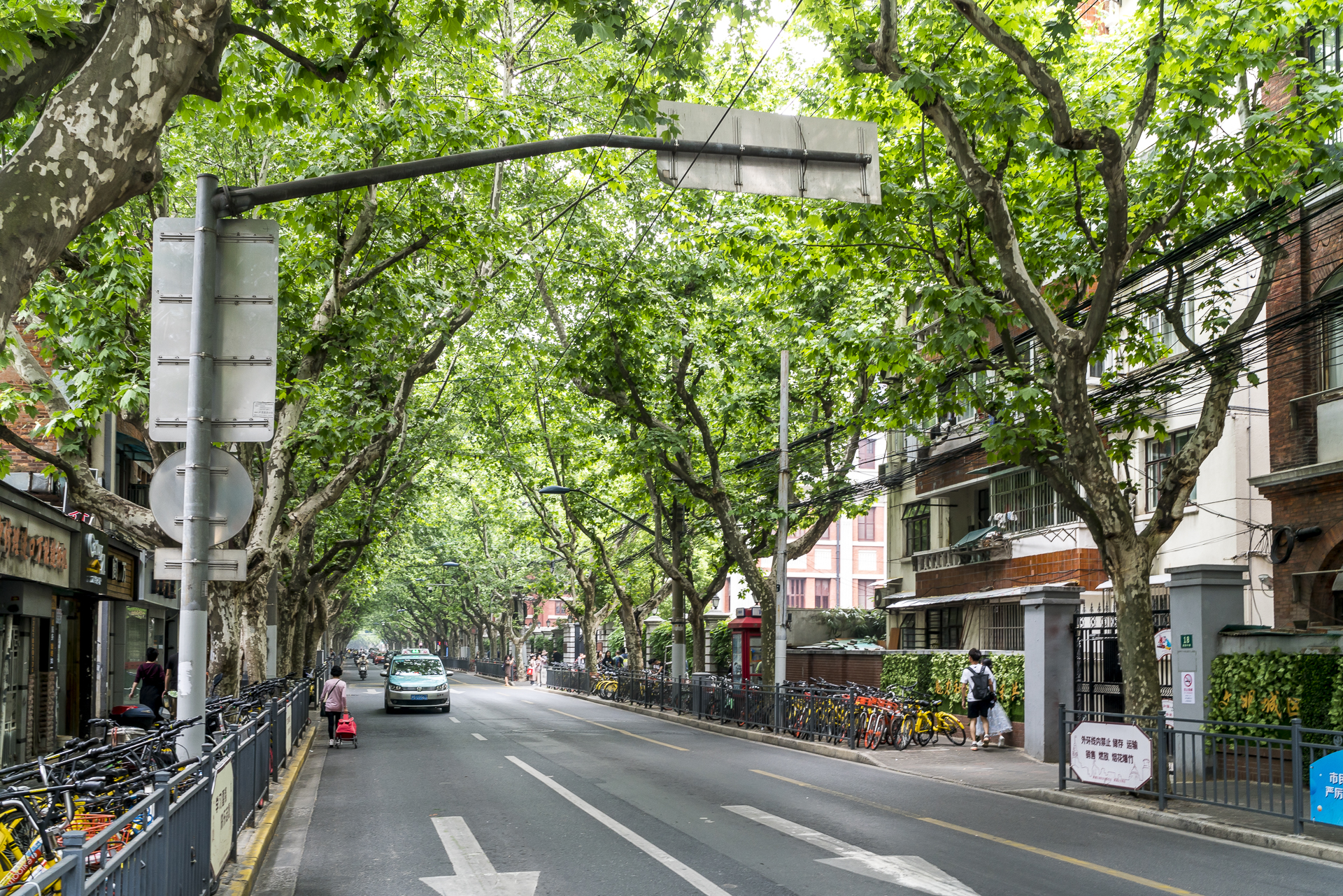
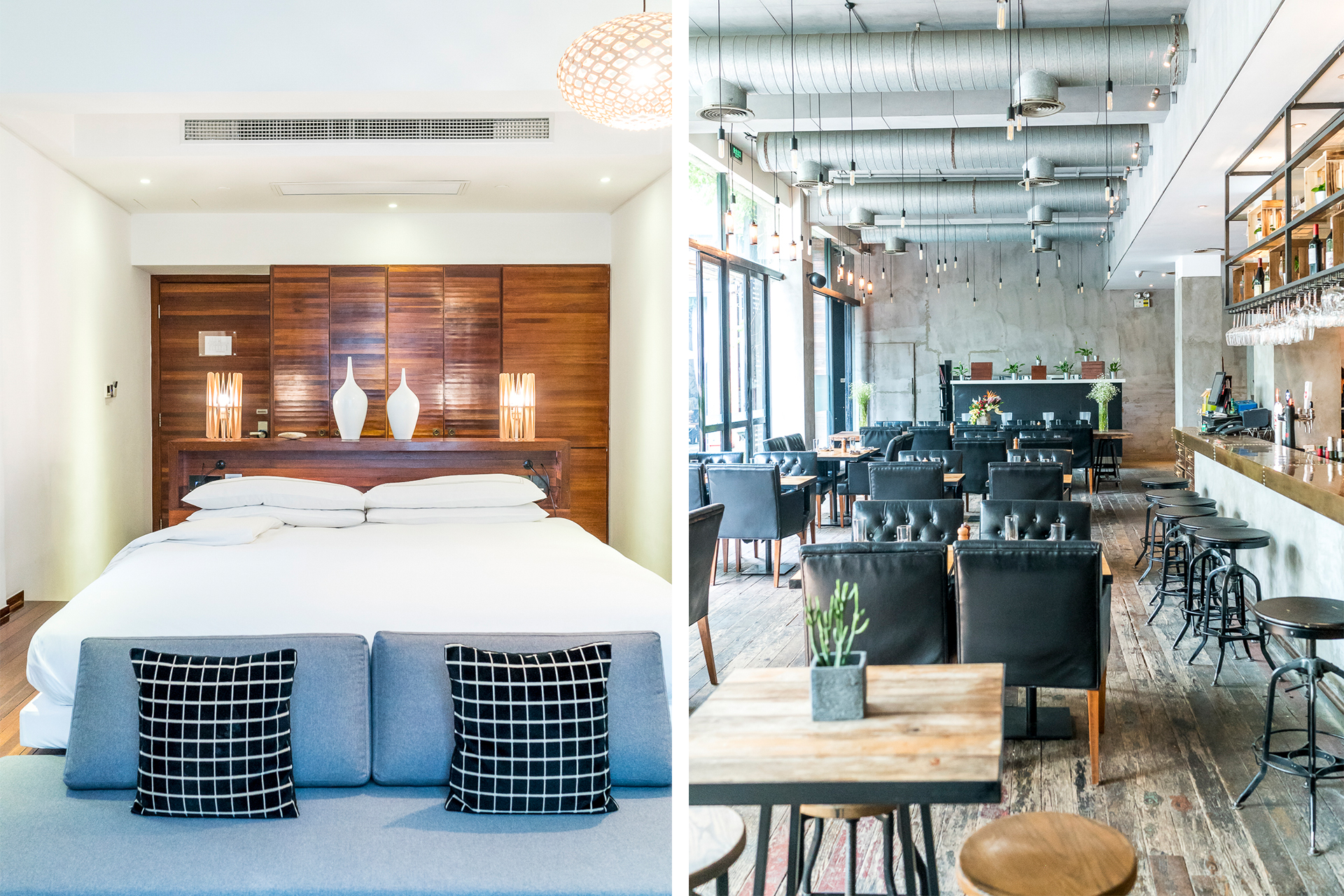
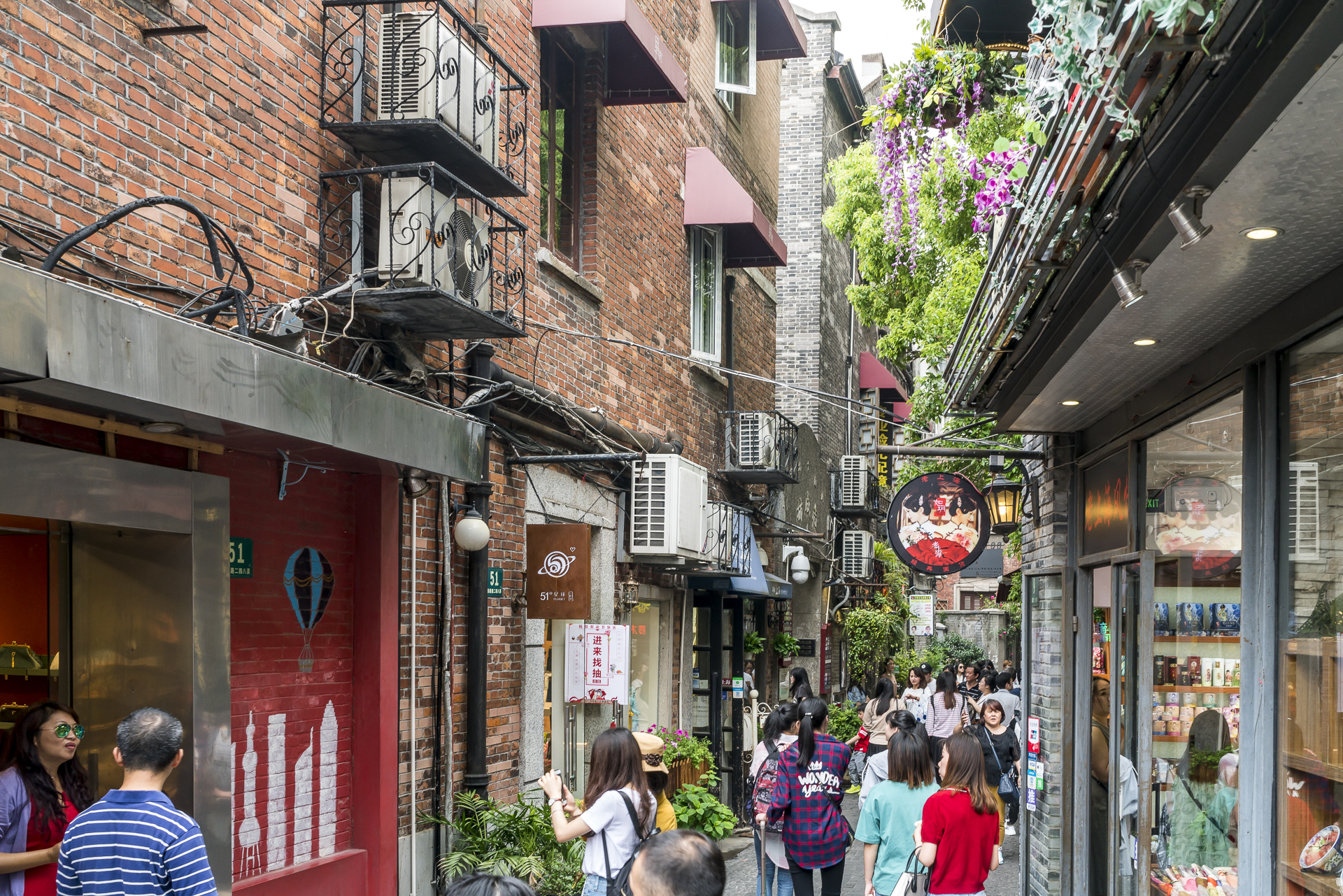
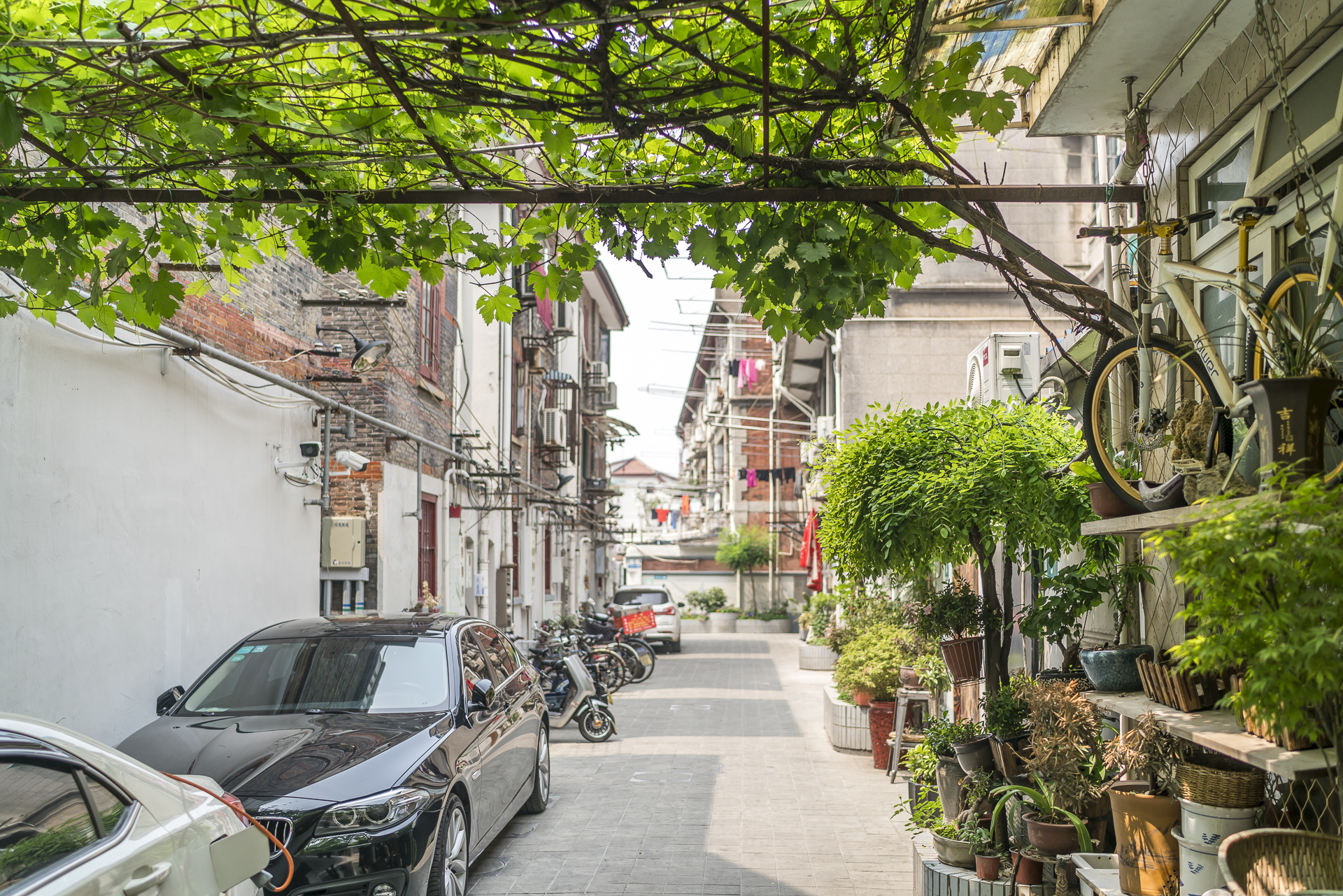
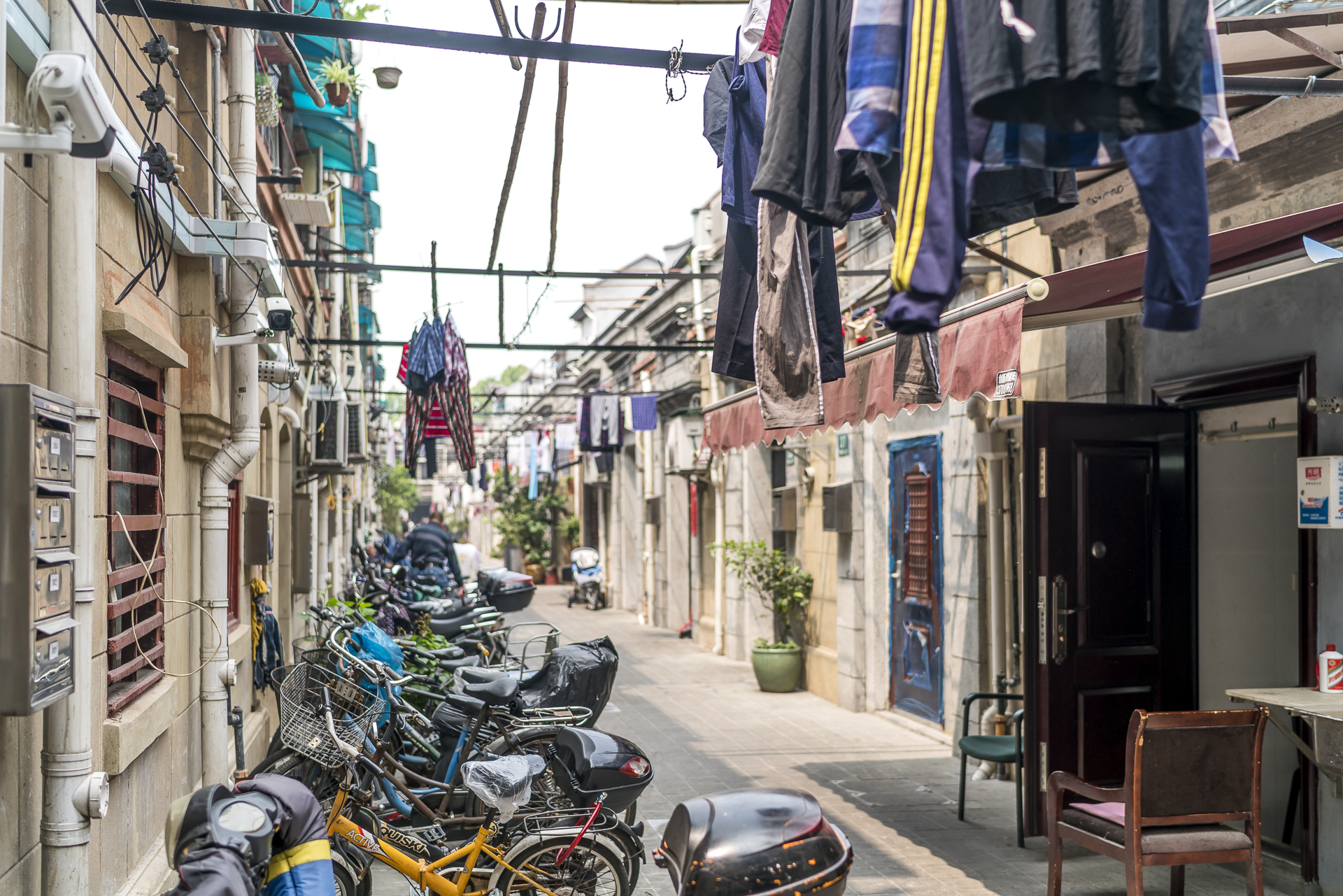
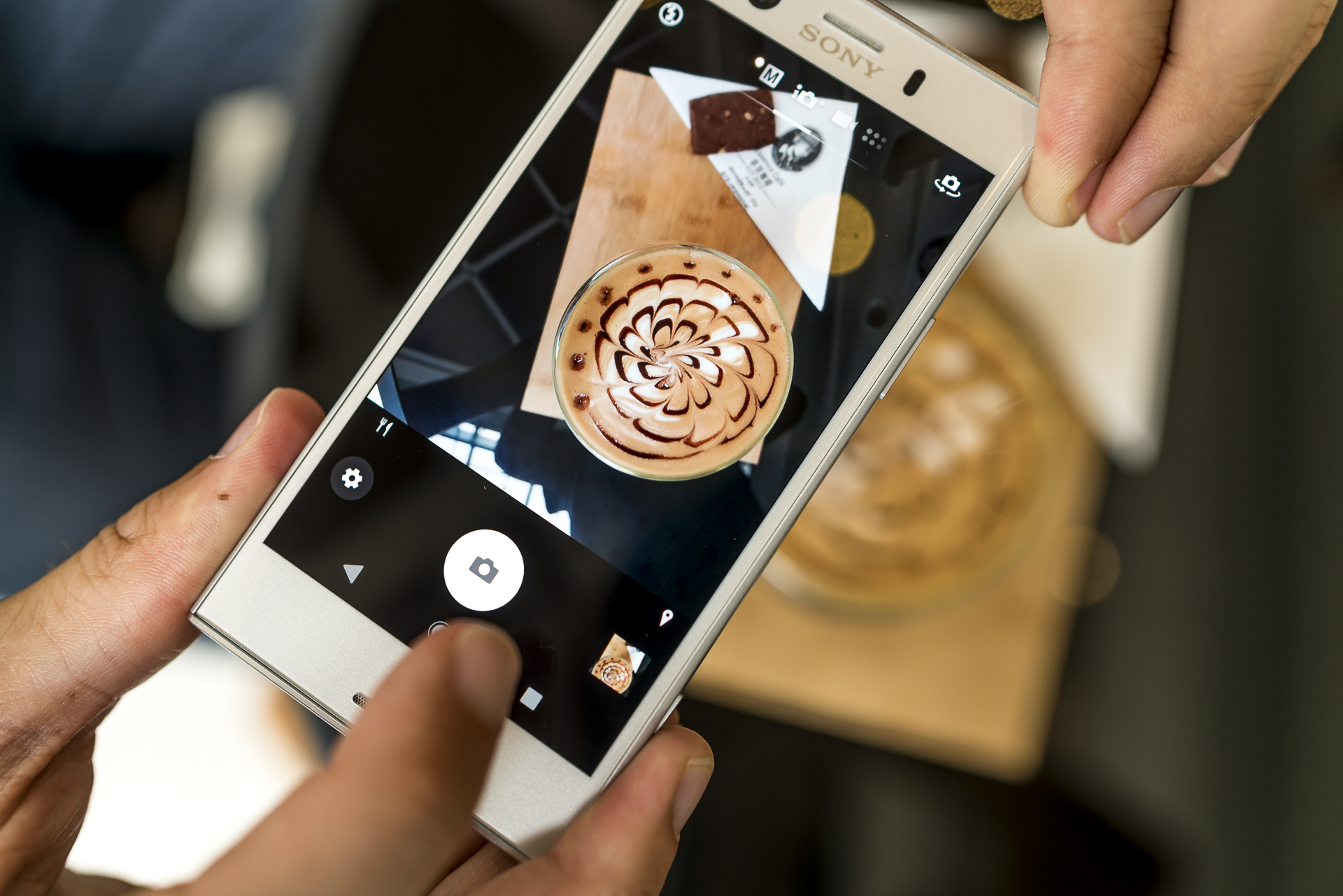
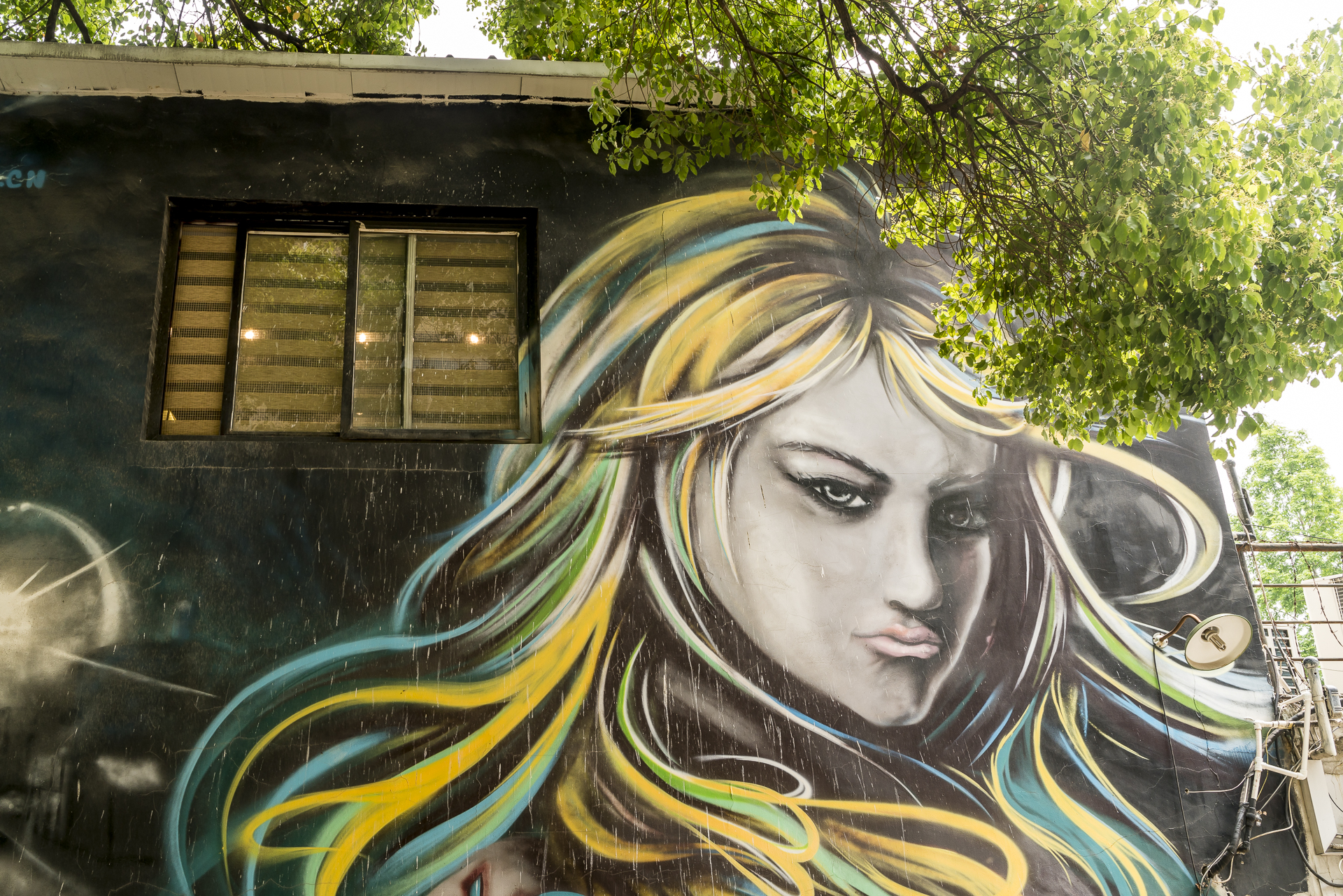
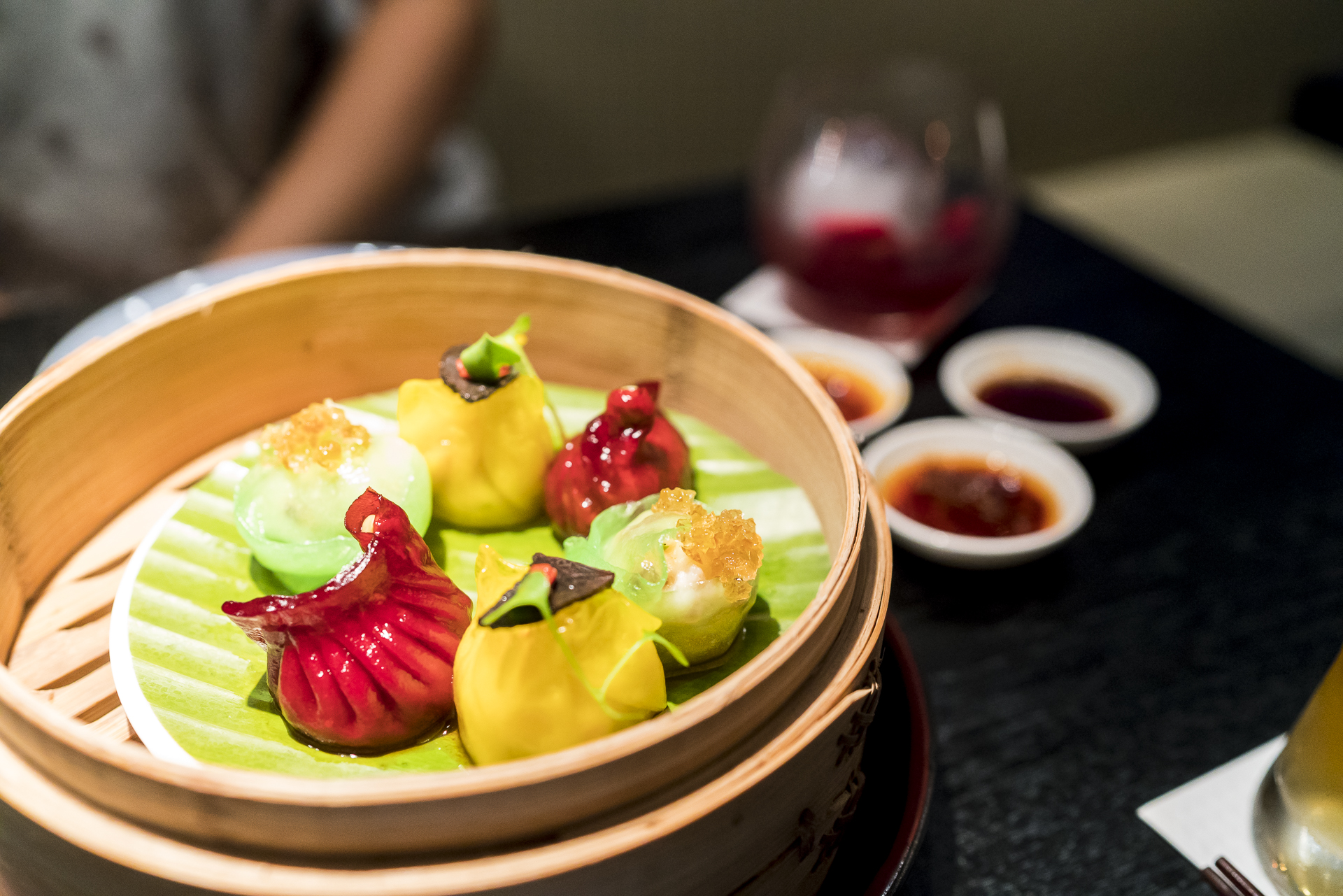
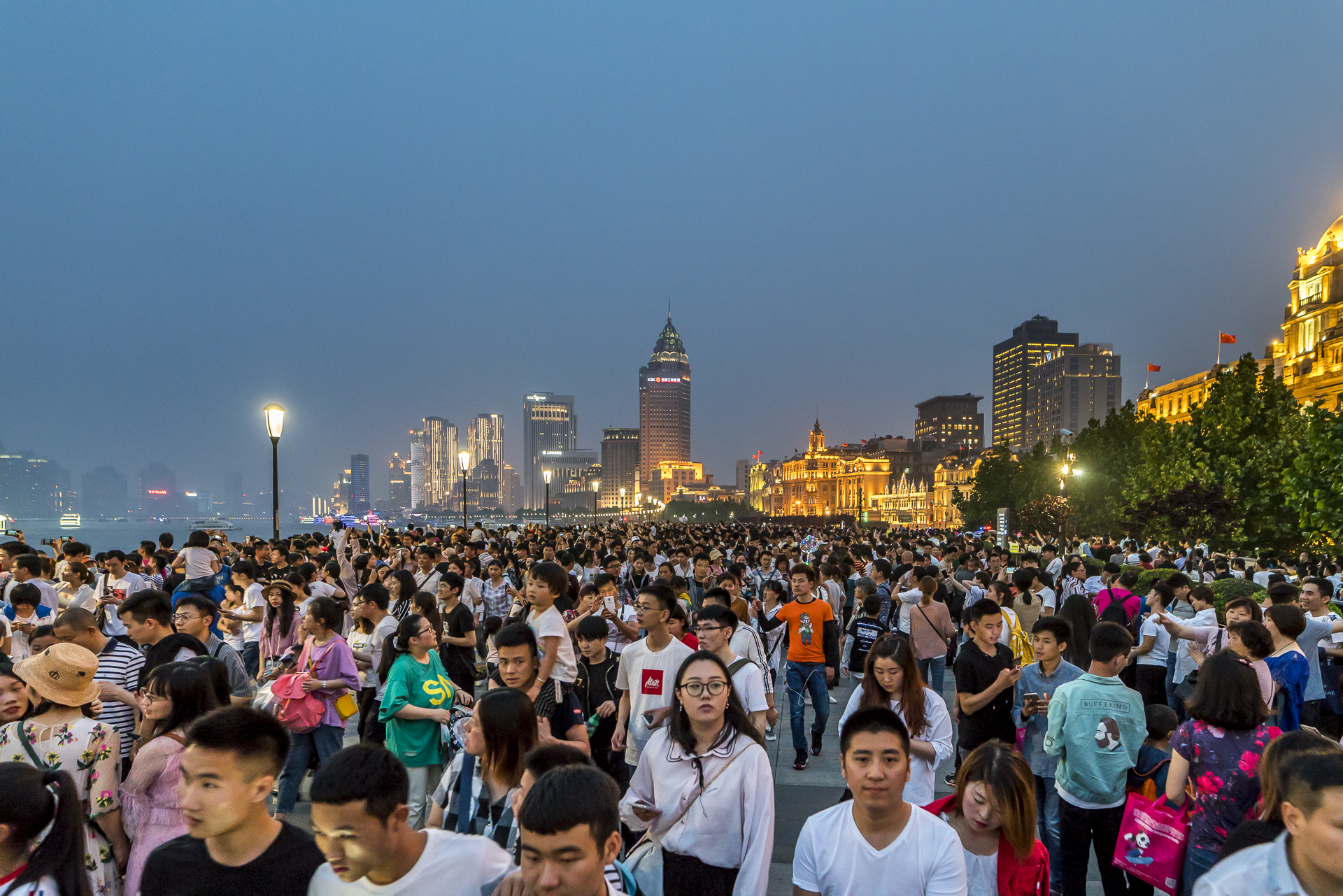
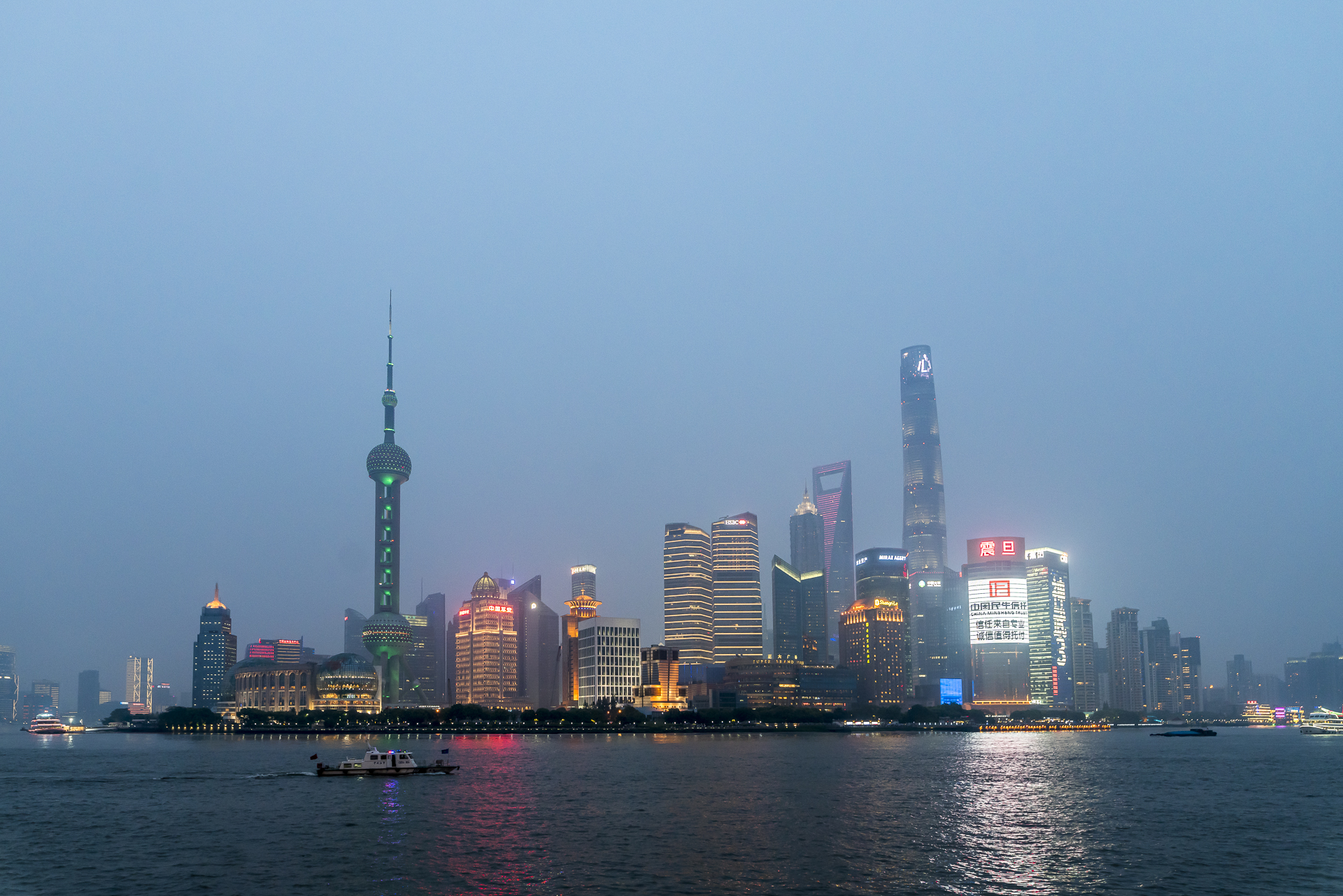
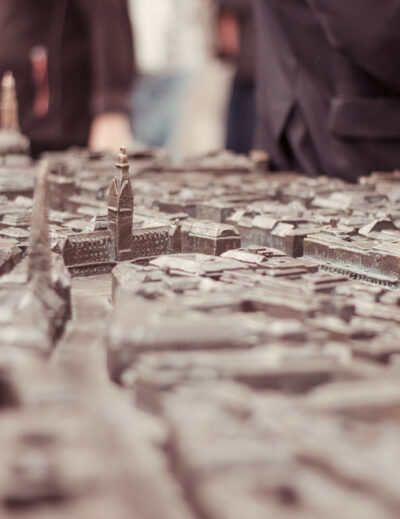
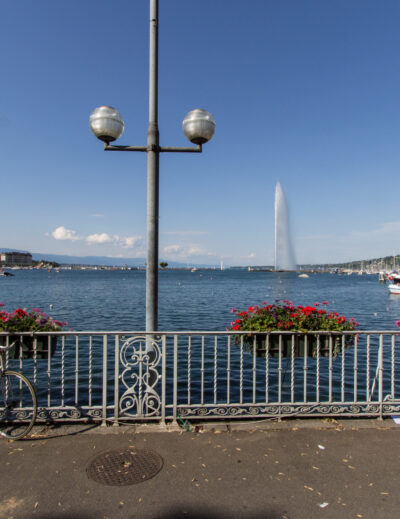
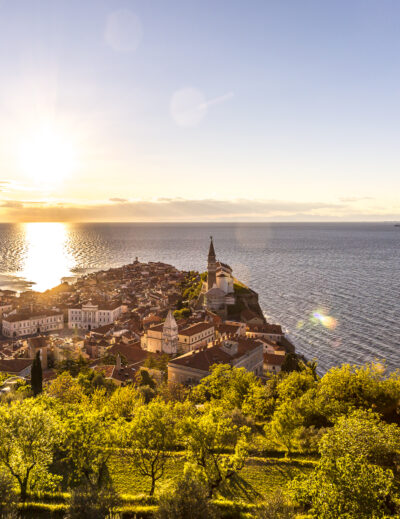
Leave a Reply